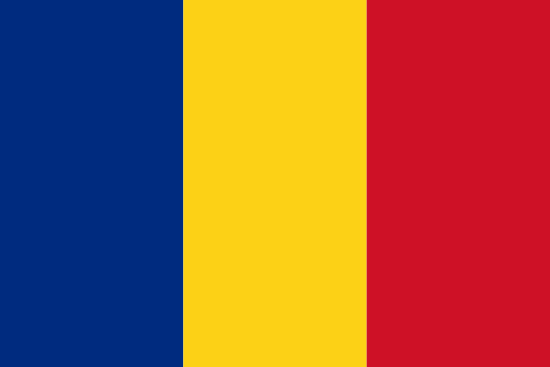"Baia Mare, Orasul de Aur | Baia Mare, The Golden City"
About:
Baia Mare, a city in northern Romania, has a rich history dating back to the Bronze Age. It was officially documented in 1329, flourishing as a mining town due to rich deposits of gold and silver. The city suffered during the Mongol and Tatar invasions, but recovered and grew in the 19th century with the industrial revolution. Post-WWII, Baia Mare became an industrial hub under communist rule. Since the 1989 Romanian Revolution, the city has been transitioning towards a market economy, focusing on services and tourism.
When to visit:
Baia Mare, a picturesque city nestled in the Maramureș region of Romania, experiences distinct seasons throughout the year. The best time to visit Baia Mare would be during the summer months of June to August when the weather is pleasantly warm and ideal for exploring the city's historic sites and natural beauty. This period also coincides with various cultural events and festivals that showcase the rich heritage of the region. However, for travelers seeking a unique experience, the winter months offer the opportunity to witness the enchanting snow-covered landscapes and partake in winter sports activities in the nearby mountains.
When to avoid:
Baia Mare, a charming city in Romania, experiences cold winters and hot summers due to its continental climate. The worst time to travel to Baia Mare on a holiday would likely be during the winter months of December to February when temperatures can drop below freezing, leading to icy conditions and limited outdoor activities. Additionally, the holiday season may bring crowded tourist attractions and higher prices for accommodation and flights. Travelers seeking to avoid extreme weather and peak season crowds may consider visiting Baia Mare during the shoulder seasons of spring (March to May) or fall (September to November) when the weather is more moderate and prices are typically lower.
Winter (Dec-Feb)
Baia Mare, Romania, experiences its coldest period from December to February, with average temperatures ranging from -5°C to 1°C. Snowfall is common, often covering the city in a blanket of white. The daylight hours are short, with around 2-3 hours of sunshine per day. Cloud cover is significant, often creating a gray, overcast sky. An average day for a visitor during this time would involve bundling up in warm clothing, witnessing the city's winter charm, and possibly enjoying winter sports like skiing.
Spring (March–May)
Spring (March–May)
Language:
Romanian is the most commonly spoken language in Baia Mare, as it is the official language of Romania. Additionally, Hungarian is also widely spoken due to the significant Hungarian minority residing in the city. English is increasingly used, especially among younger generations and in business contexts.




